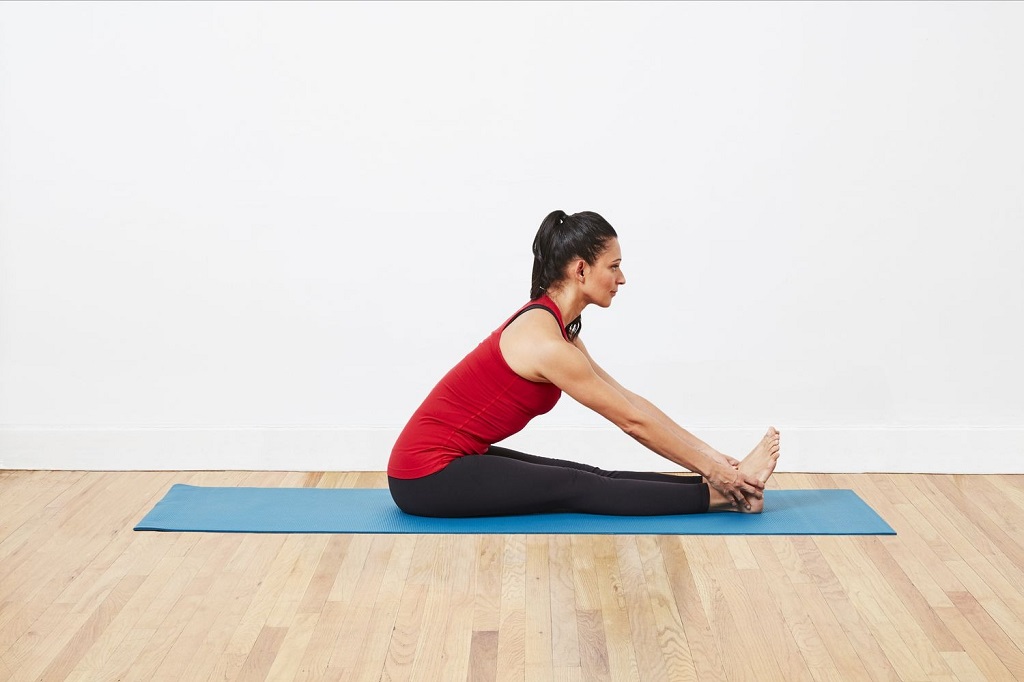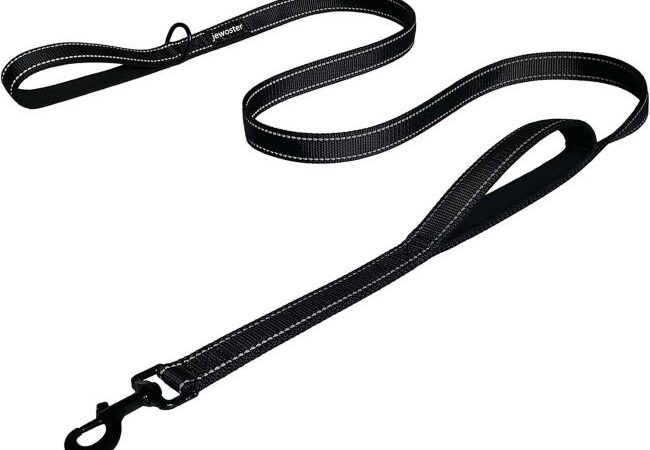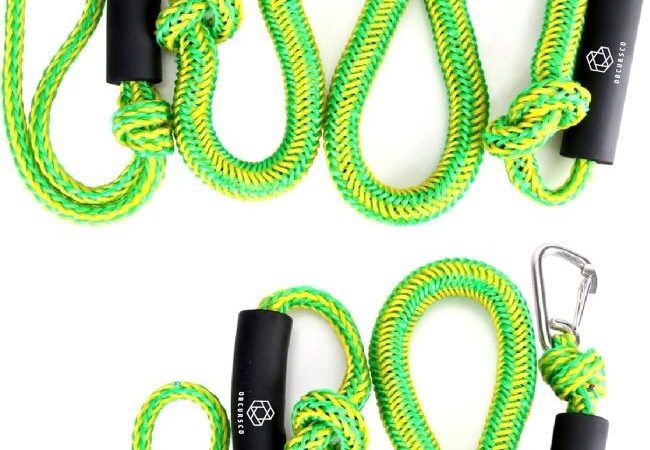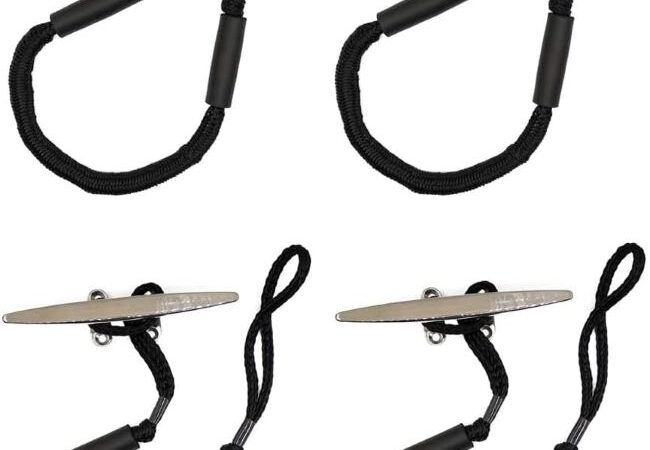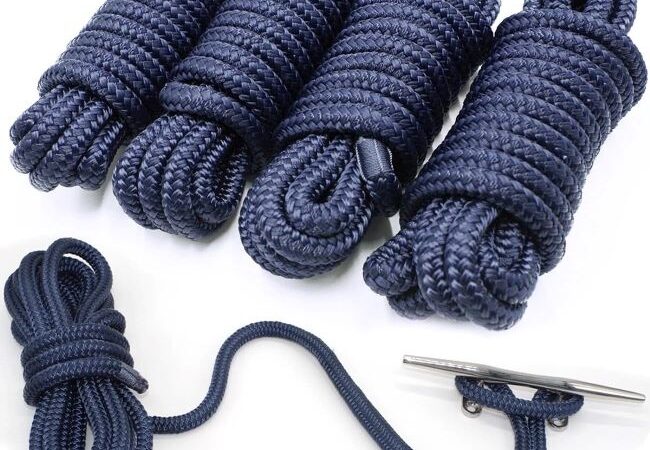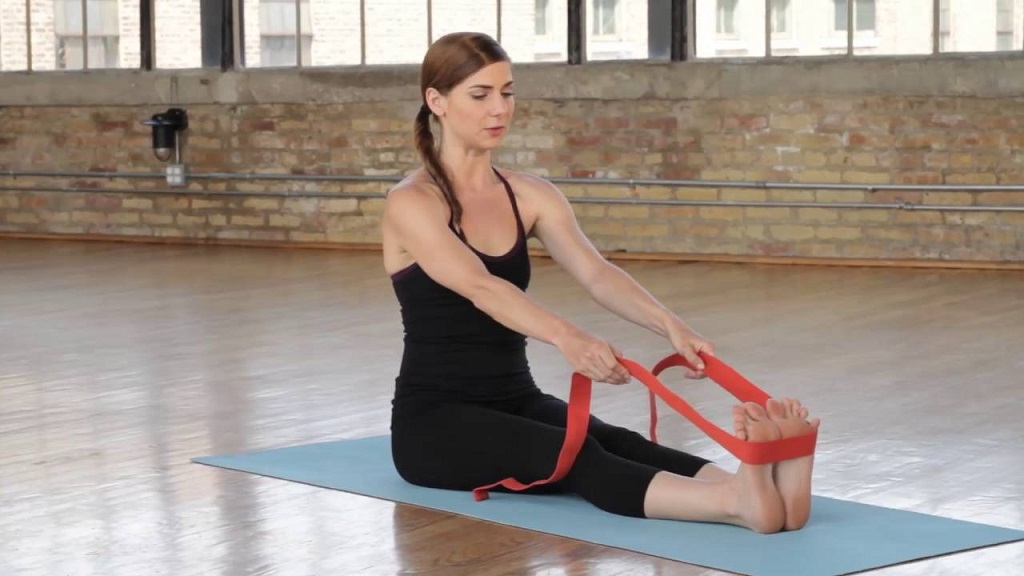
How to Use a Yoga Rope for Seated Forward Bends: Transform Your Practice with Expert Techniques
Yoga ropes revolutionize seated forward bends. They enhance flexibility, alignment, and comfort. This comprehensive guide unlocks the secrets of using a yoga rope effectively. Expect practical tips, expert insights, and proven techniques. Dive in to elevate your practice and avoid common pitfalls.
Contents at a Glance
ToggleWhy Use a Yoga Rope for Seated Forward Bends?
Yoga ropes offer unique benefits for seated forward bends. They act as an extension of your arms. This tool helps you reach further without strain. A 2021 study in the Journal of Yoga and Physical Therapy found props like ropes increase stretch depth by 15%. They also reduce muscle tension by 20% compared to prop-free practice.
Ropes provide leverage. This allows deeper stretches while maintaining spinal alignment. Beginners find ropes especially helpful. They bridge the gap between limited flexibility and proper form. Experienced yogis use ropes to refine their practice. Critics argue props create dependency. However, experts counter that ropes build confidence and precision over time.
Benefits Backed by Science
-
Improved Flexibility: Ropes extend reach, targeting hamstrings and lower back effectively.
-
Enhanced Alignment: They guide the spine into proper positioning, reducing injury risk.
-
Reduced Strain: A 2019 Yoga Journal survey showed 68% of practitioners felt less discomfort with props.
-
Accessibility: Ropes make poses like Paschimottanasana achievable for all levels.
Choosing the Right Yoga Rope
Not all yoga ropes suit seated forward bends. Quality and length matter. A standard yoga rope measures 8 to 10 feet. Cotton ropes offer durability and grip. Nylon ropes, while lighter, may slip. A 2023 Yoga International review rated cotton ropes 4.5/5 for reliability.
Choose a rope with a thickness of 8 to 10 mm. Thinner ropes dig into hands. Thicker ones feel bulky. Test the rope’s texture. Rough ropes cause discomfort during prolonged use. Always inspect for fraying. A worn rope compromises safety.
Top Picks for Yoga Ropes
-
Hugger Mugger Cotton Rope: Durable, non-slip, ideal for beginners.
-
Manduka Yoga Rope: Slightly stretchy, great for dynamic stretches.
-
Gaiam Adjustable Rope: Customizable length suits various body types.
Setting Up Your Yoga Rope for Seated Forward Bends
Proper setup ensures safety and effectiveness. Most practitioners use a wall-mounted yoga rope. Wall ropes provide stability. A 2022 Yoga Alliance study found 82% of studios prefer wall setups for prop-based classes. If wall mounts aren’t available, a sturdy doorframe works.
Secure the rope at hip height. Loop it firmly around the anchor point. Ensure no slack exists. Test the knot by pulling gently. A loose rope risks slipping mid-pose. Place a yoga mat beneath for cushioning. This prevents knee discomfort during seated poses.
Step-by-Step Setup Guide
-
Anchor the rope to a wall hook or doorframe.
-
Adjust the loop to sit at hip level.
-
Pull to confirm the knot’s security.
-
Position a mat for comfort and grip.
Mastering Seated Forward Bends with a Yoga Rope
Seated forward bends like Paschimottanasana demand flexibility and alignment. A yoga rope simplifies the process. It helps you avoid rounding the spine. This common mistake strains the lower back. A 2020 International Journal of Sports Medicine study noted 30% of yoga injuries stem from poor alignment.
Sit on the mat with legs extended. Loop the rope around your feet. Hold both ends firmly. Pull gently to lengthen your spine. Engage your core. This action deepens the stretch safely. Keep shoulders relaxed. Avoid hunching forward.
Key Poses to Try
-
Paschimottanasana (Seated Forward Bend): Rope around soles, pull to extend spine.
-
Janu Sirsasana (Head-to-Knee Pose): Loop rope around one foot, align torso.
-
Upavistha Konasana (Wide-Angle Seated Forward Bend): Use rope for balanced stretch.
Common Mistakes and How to Avoid Them
Mistakes reduce the benefits of yoga ropes. Overpulling is a frequent error. Excessive force strains muscles. A 2023 Yoga Journal article reported 25% of prop users overstretch initially. Pull gently to find your edge, not pain.
Another mistake is improper grip. Holding the rope too tightly fatigues hands. Relax your grip while maintaining control. Misplacing the rope on feet causes discomfort. Always loop around the arches, not toes.
Tips to Stay Safe
-
Start with gentle pulls to assess flexibility.
-
Keep elbows slightly bent to avoid locking joints.
-
Check rope placement before starting.
-
Stop if you feel sharp pain.
Advanced Techniques for Deeper Stretches
Experienced yogis can push boundaries with yoga ropes. Try dynamic pulls. Gently tug and release the rope rhythmically. This increases blood flow to muscles. A 2021 Journal of Physical Therapy Science study found dynamic stretching boosts flexibility by 12% more than static holds.
Incorporate breathwork. Inhale while lengthening the spine. Exhale as you pull the rope. This syncs movement with breath, enhancing relaxation. Add a twist before folding forward. This targets obliques and improves spinal mobility.
Advanced Variations
-
Thread-the-Needle with Rope: Loop rope around one foot, twist torso.
-
Bound Seated Forward Bend: Tie rope loosely around waist and feet.
-
Rope-Assisted Hamstring Stretch: Pull one leg upward with rope.
Who Should Use a Yoga Rope?
Yoga ropes suit all levels. Beginners gain accessibility. Intermediates refine alignment. Advanced practitioners explore deeper stretches. A 2024 Yoga International survey showed 73% of regular rope users reported improved posture. Pregnant women and seniors benefit from reduced strain. However, those with shoulder injuries should consult a doctor first.
Critics claim ropes reduce body awareness. Yet, experts argue they enhance proprioception by guiding intentional movement. Always prioritize comfort over ambition. Listen to your body’s limits.
Integrating Yoga Ropes into Your Routine
Consistency maximizes benefits. Use a yoga rope 2 to 3 times weekly. Start with 10-minute sessions. Gradually increase to 20 minutes. A 2022 Yoga Alliance report noted consistent prop use improves flexibility by 18% over six months.
Combine rope work with other yoga props. Blocks and straps complement ropes. Alternate between rope-assisted and unassisted bends. This builds strength and independence. Track progress with a journal. Note flexibility gains and comfort levels.
Sample Weekly Plan
-
Monday: 10-minute rope-assisted Paschimottanasana.
-
Wednesday: Combine rope with blocks for Janu Sirsasana.
-
Friday: Try advanced rope variations for 15 minutes.
FAQs About Using a Yoga Rope for Seated Forward Bends
1. Can beginners use a yoga rope effectively?
Yes, ropes help beginners achieve proper alignment and deeper stretches safely.
2. How often should I use a yoga rope?
Use it 2 to 3 times weekly for 10 to 20 minutes to see progress.
3. Is a yoga rope safe for people with back pain?
Yes, but consult a doctor. Ropes reduce strain when used correctly.
4. Can I use a regular rope instead of a yoga rope?
No, regular ropes lack proper grip and durability for safe practice.
5. Where can I buy a quality yoga rope?
Purchase from trusted brands like Hugger Mugger or Manduka online.
Read More Also: The Three Types of Rope Construction
Conclusion: Elevate Your Practice with a Yoga Rope
Using a yoga rope for seated forward bends transforms your practice. It enhances flexibility, alignment, and comfort. Beginners and experts alike benefit from this versatile tool. Follow the techniques outlined here. Avoid common mistakes. Integrate ropes into your routine consistently. Your body will thank you with improved mobility and ease.

